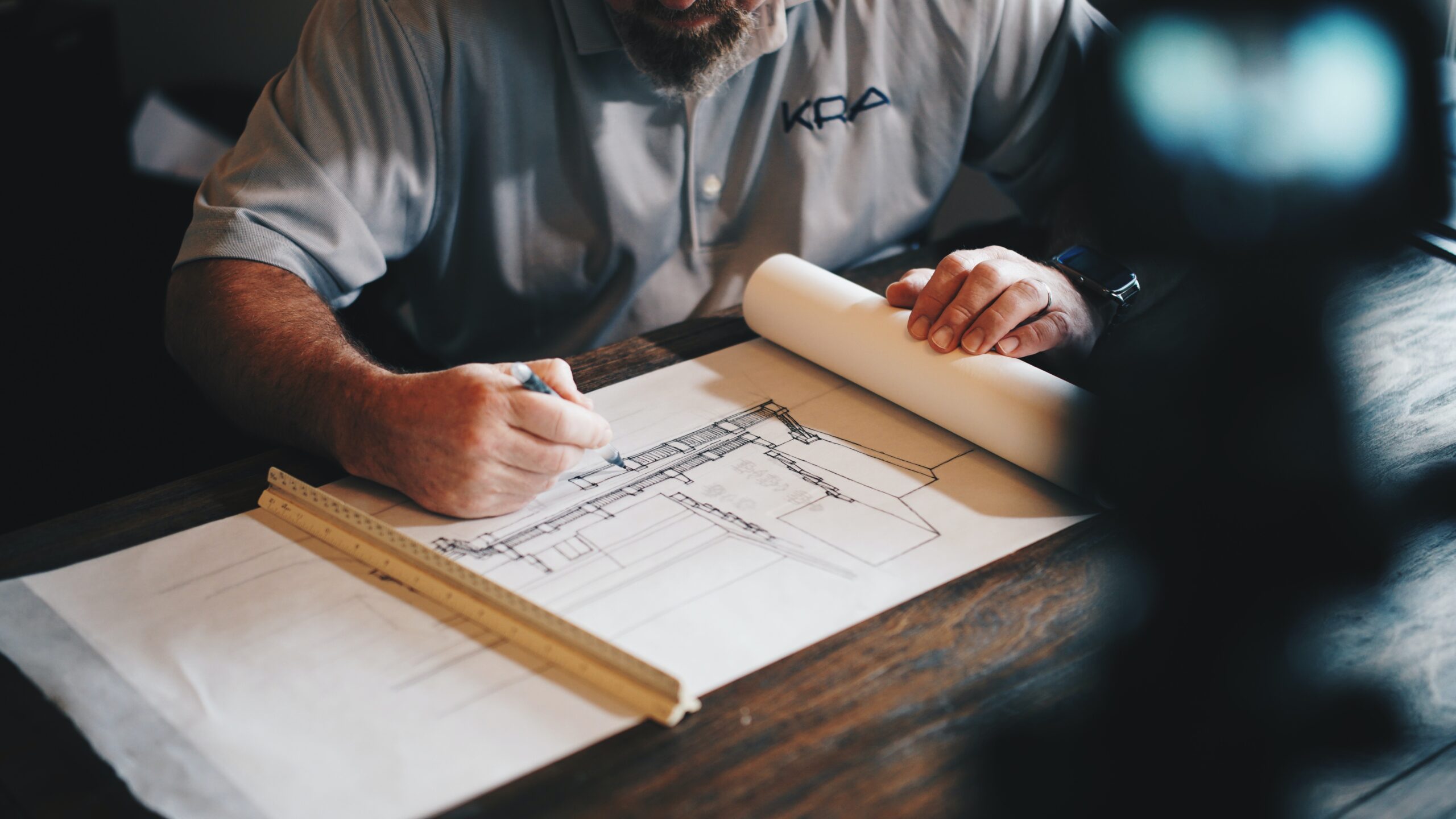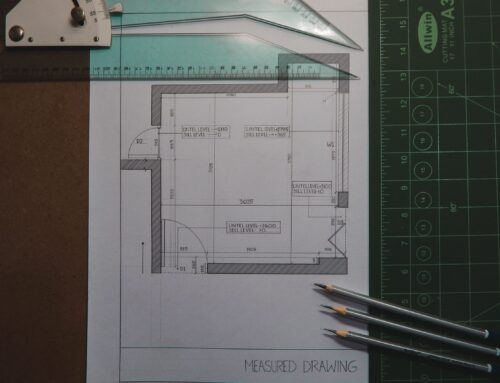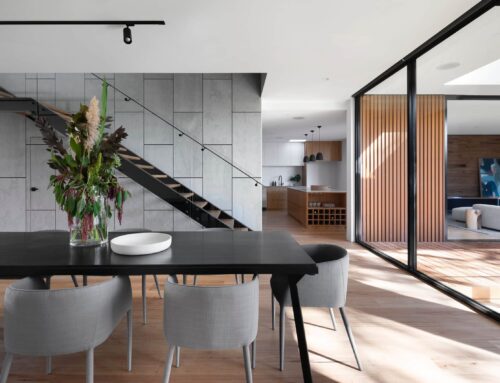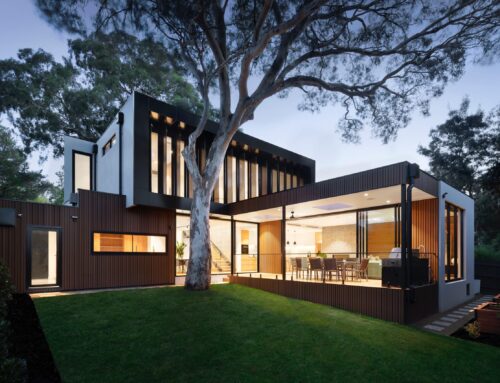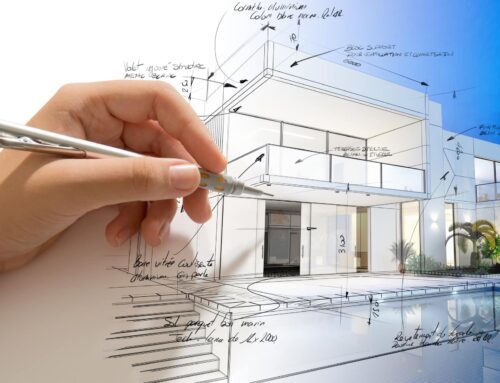Building materials play a significant role in architectural drafting, influencing the function, aesthetic, and environmental impact of a building. In this article, we will explore the impact of building materials on architectural drafting and construction, and highlight some of the most common materials used in modern building design.
The Impact of Building Materials on Design Building materials have a significant impact on the overall design of a building. They influence the aesthetic, durability, and sustainability of the structure, as well as its energy efficiency and environmental impact. The choice of materials is therefore a crucial consideration for architects and builders when designing and constructing buildings.
One of the most significant impacts of building materials on architectural drafting is their aesthetic effect. The choice of materials can determine the visual appeal of a building, influencing its style, texture, and color. For example, the use of glass and steel in modern buildings creates a sleek, minimalist aesthetic, while the use of brick and stone creates a more traditional, classic look.
Building materials also impact the durability and longevity of a building. Some materials, such as concrete and steel, are highly durable and can withstand extreme weather conditions, making them ideal for use in high-rise buildings and other large structures. Other materials, such as wood and gypsum, are less durable and require regular maintenance and repair to ensure their longevity.
Another key consideration in building materials is their environmental impact. The choice of materials can have a significant impact on a building’s energy efficiency and carbon footprint. For example, materials like glass and metal are highly conductive and can lead to high levels of energy consumption in a building. In contrast, materials like wood and straw bale can be highly energy-efficient and environmentally sustainable.
Common Building Materials in Modern Architecture There are several building materials commonly used in modern architecture, each with its unique properties and benefits. Some of the most common materials include:
- Concrete: A durable, versatile material that is widely used in modern construction.
- Steel: Strong, durable, and highly versatile, steel is ideal for use in large structures such as skyscrapers and bridges.
- Glass: Glass is often used in modern architecture to create a sleek, modern aesthetic and allow natural light into buildings.
- Wood: A renewable and sustainable material that is ideal for use in residential construction and other small-scale projects.
- Brick: A classic building material that is durable and fire-resistant, making it ideal for use in commercial and residential construction.
Conclusion Building materials play a crucial role in architectural drafting, impacting the function, aesthetic, and environmental impact of a building. Architects and builders must carefully consider the properties and benefits of different materials when designing and constructing buildings to ensure that they meet the needs of their clients while also being sustainable and environmentally responsible. By choosing the right materials, architects and builders can create buildings that are both functional and visually appealing, while also contributing to a more sustainable and energy-efficient future.

